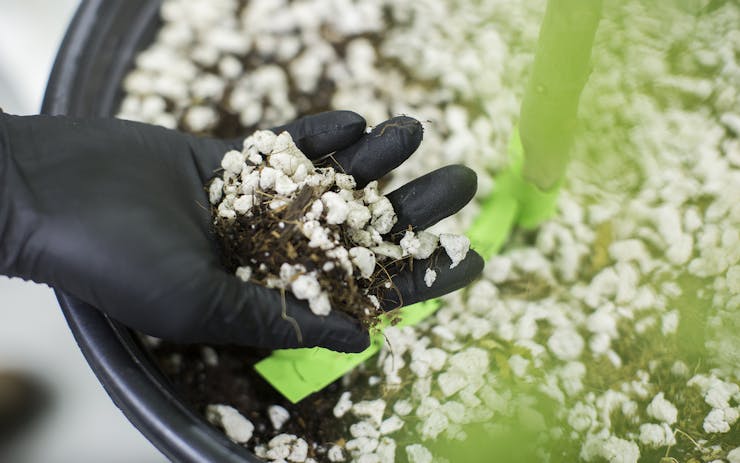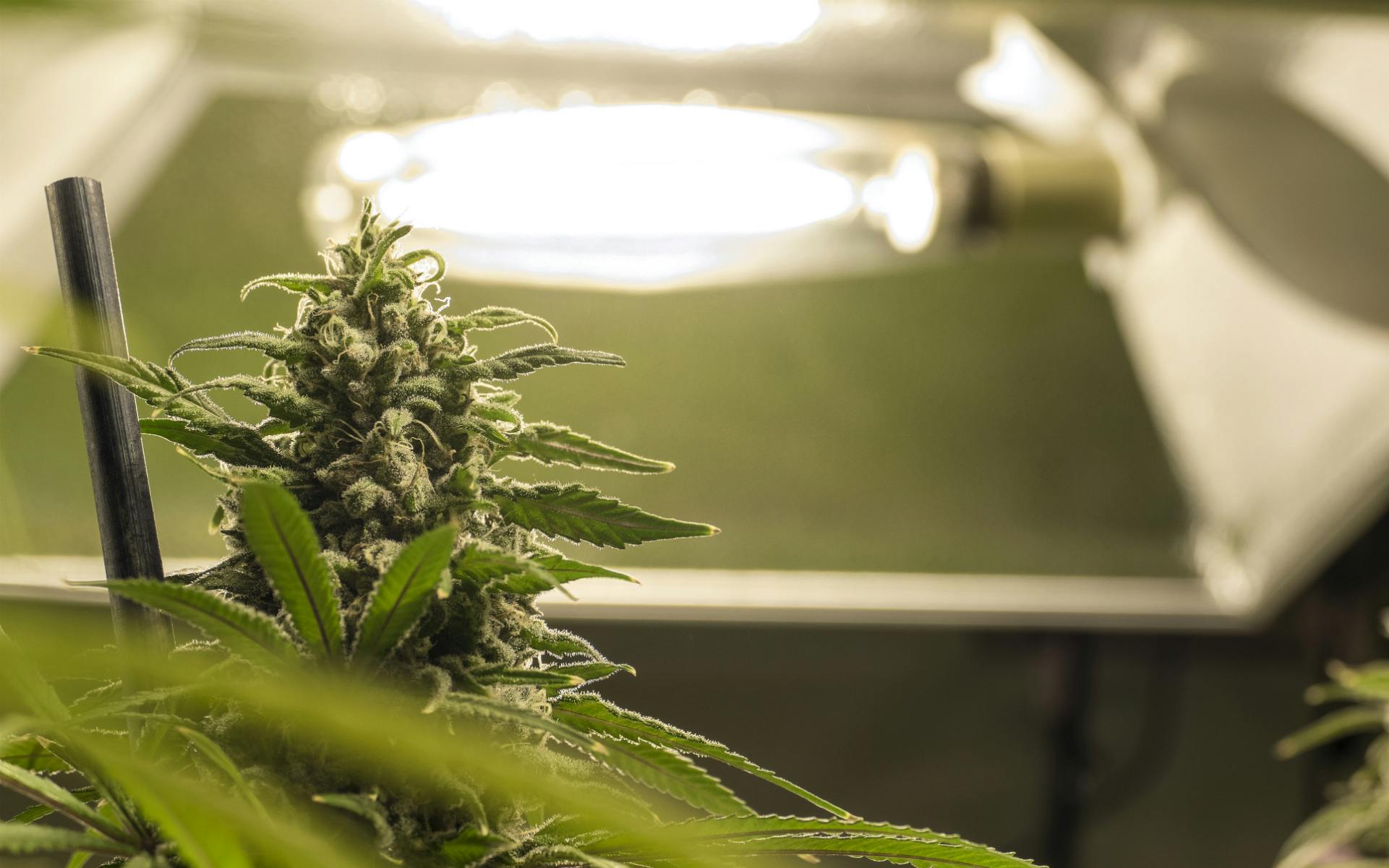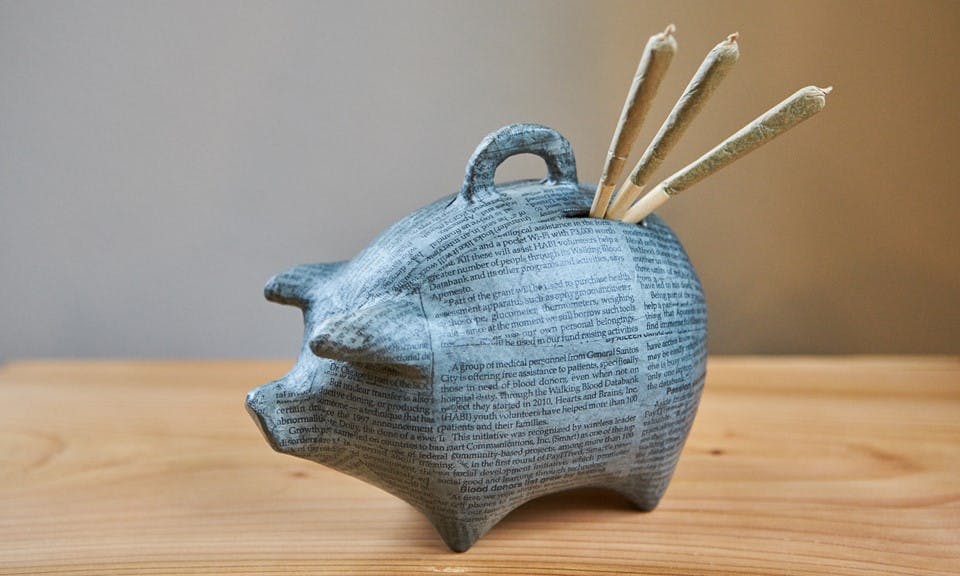Healthy soil is essential to growing quality cannabis, but new soil can be prohibitively expensive.
If growing outdoors, you may find that the soil native to your backyard is heavily compacted and have a clay texture, or it might crumble and appear sandy. While these are signs of poor quality soils, much can still be done—even on a budget. Give these free or inexpensive techniques a try, and watch your garden thrive.
Double Digging
Roll up your sleeves and get ready to break a sweat! Double digging is as simple as it sounds: dig into your soil a few feet deep, turn the soil over, and repeat the process.
The idea is to fluff up compacted soils. Soil that hasn’t had anything growing in it will often compact over time. This compaction prevents the roots from interacting with the soil’s food web, and can block absorption of water and nutrients. If looking to restore your soil, this is an essential first step.
Garden Waste Compost
Leaves or grass clippings are an abundant free resource. Collect garden waste from your property and spread the leaves or grass clippings on top of your soil. This layer will provide a healthy environment for essential microbes, insects, and bacteria.
As the garden waste breaks down, the nutrients will seep into your soil and adds organic matter to the top layer. When you remove plant matter from your garden, you’re removing nutrients that could go back into your soil and save you money on amendments.
Wood Chip Mulch
Mulch refers to a topmost layer of added material that benefits the soil. The most readily available type of mulch is wood chips. Oftentimes, you can source wood chips for free from tree management companies.
By adding wood chips to the top layer of your soil, you can improve water retention, provide a home for beneficial organisms, keep weeds down, and provide nutrients as the wood chips break down.
Composting
Composting is simple if you live in the right climate. Moisture is key to composting; without it, the time it takes for organic material to break down increases significantly.
Shop highly rated dispensaries near you
Showing you dispensaries nearIf you can compost, it provides a cost-effective way to increase and diversify the nutrients in your soil. All the organic matter you consume has nutrients that, once broken down, provide food for both your plants and the microbes and bacteria in your soil.
Tap Root Plants
If your soil is compacted and you are not trying to cultivate cannabis this year, planting wild grasses can help keep soil healthy until next season.
Many wild grasses have deep tap roots that break apart compacted soils while also developing relationships with the microbes and bacteria in your soil. By making the soil breathable with tap roots, you increase the life that can be sustained in the soil while improving water and nutrient retention.
Store-Bought Amendments
Soil amendments are an important step to bringing your soil back to life, and some amendments can pack a big punch without costing much.
Perlite can fluff up your soil while improving water retention and air flow. Manure can often be sourced for free or at low cost by reaching out to local farms in your area, and will provide lots of nitrogen. Crustacean or bone meal are also great, affordable amendments that will help introduce diverse nutrients to your soil.
Free Soil
Always be on the hunt for free soil. It can be as easy as checking community forums like Craigslist. If you plan to farm organically, this approach isn’t ideal as you may not know the soil’s composition. Try to collect and move soil when it is dry—wet soil is much heavier and will make the move all the more difficult.
Never feel defeated by the quality of your soil. There is always room to grow and improve your soil from year to year as you develop your skills as a gardener. Cannabis is resilient to poor quality soils, so don’t be afraid to experiment with new techniques—you’ll learn a lot about cannabis in the process.







